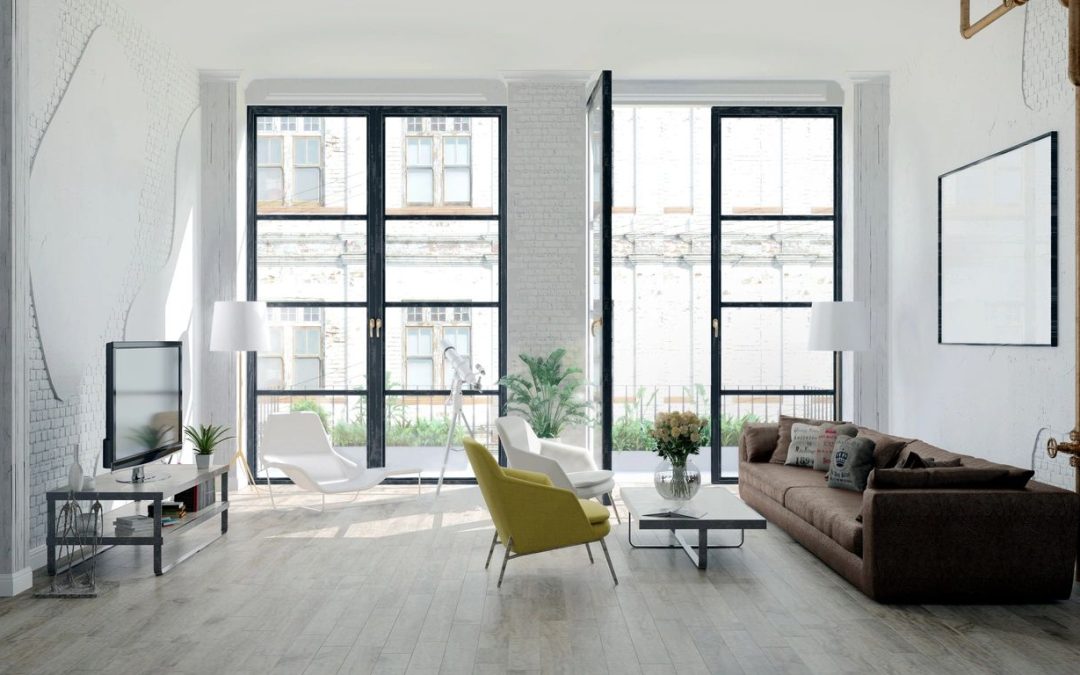Glass has long been an integral part of human civilization, evolving from a basic functional material into a medium for artistic expression. The history of glass in windows is a fascinating journey that mirrors advancements in technology, architecture, and artistic trends. From its humble beginnings to its modern-day marvels, glass has transformed how we perceive and interact with our surroundings.
The Early Beginnings
The use of glass in windows dates back to the Roman Empire, where small panes were made from blown glass and used in wealthy homes and public buildings. These early windows were crude and often distorted, but they provided the essential function of allowing light into spaces while offering some protection from the elements.
During the medieval period, stained glass windows became prominent in churches and cathedrals. These windows were not only functional but also served as a canvas for storytelling. Intricate designs depicted biblical scenes and conveyed religious messages to congregations. The vibrant colors and detailed artistry of stained glass windows elevated them from mere structural elements to significant works of art.
Renaissance to Industrial Revolution
The Renaissance brought a renewed interest in classical architecture and the use of clear glass in windows became more widespread. Advances in glassmaking techniques, such as the development of leaded glass, allowed for larger and more transparent panes. Windows began to play a crucial role in architectural design, enhancing the aesthetics of buildings and providing a connection between interior spaces and the outside world.
The Industrial Revolution marked a significant turning point in the production and use of glass. Innovations like the cylinder and sheet glass processes enabled the mass production of larger and more uniform panes. This period saw the emergence of the modern window as we know it today—clear, large, and capable of being produced at scale. Buildings could now feature expansive windows, flooding interiors with natural light and creating a sense of openness.
The Modern Era: Function Meets Art
The 20th century ushered in a new era of glass innovation, driven by advancements in technology and a growing appreciation for modernist design principles. Architects like Le Corbusier and Ludwig Mies van der Rohe championed the use of glass to create minimalist structures that blurred the boundaries between indoors and outdoors. The advent of float glass in the 1950s further revolutionized the industry, allowing for the production of high-quality, perfectly flat glass sheets.
As technology advanced, so did the capabilities of glass. The introduction of tempered and laminated glass improved safety and durability, making it possible to use glass in larger and more daring architectural applications. Today, glass can be treated to enhance its thermal efficiency, reduce glare, and even generate electricity through embedded solar cells.
Glass as Art
In contemporary architecture, glass has transcended its functional origins to become a medium for artistic expression. Iconic buildings like the Louvre Pyramid, designed by I. M. Pei, and the Apple Park in Cupertino, designed by Foster + Partners, showcase the aesthetic potential of glass. These structures use glass to create visually stunning, light-filled spaces that are both functional and inspiring.
Artists and designers continue to push the boundaries of what is possible with glass. Innovations in glassblowing, casting, and glazing techniques allow for the creation of intricate sculptures and installations. Public art projects and private commissions alike feature glass as a central element, demonstrating its versatility and enduring appeal.
Conclusion
The evolution of glass in windows is a testament to human ingenuity and creativity. From simple panes providing light to masterpieces of stained glass, from industrial advancements to contemporary architectural marvels, glass has continually transformed the way we experience our built environment. Today, glass stands not only as a functional material but also as a powerful medium for artistic expression, shaping our world in ways that are both practical and profoundly beautiful.

